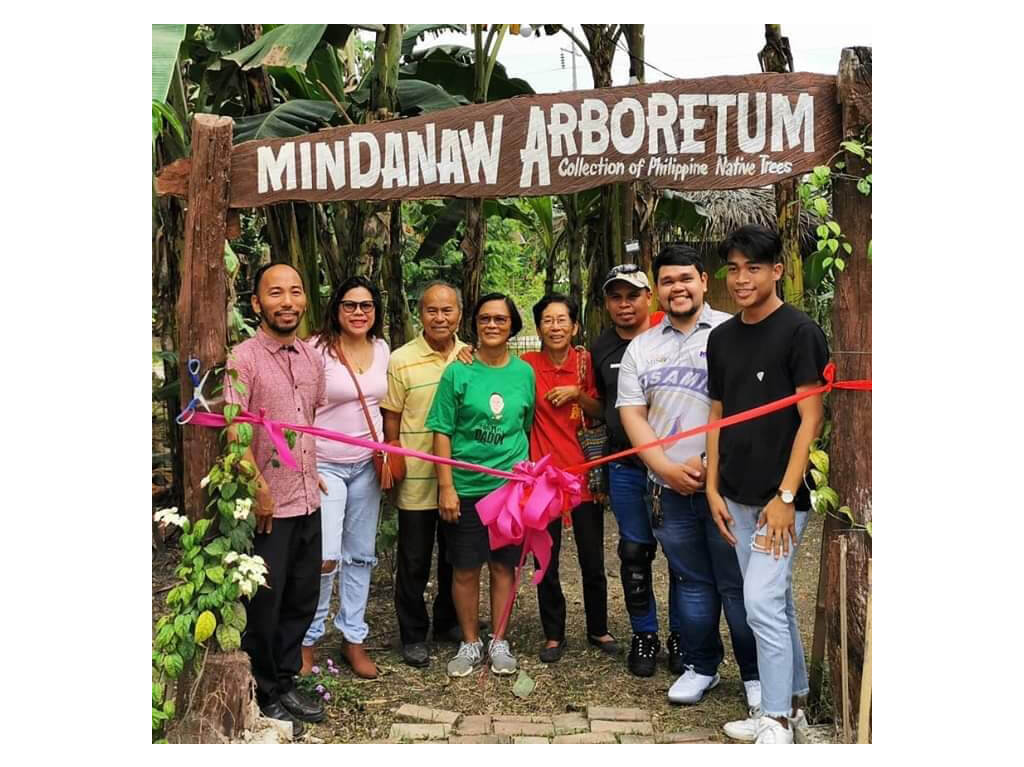Carl Cesar Rebuta, is a farmer, and an environment, human, and indigenous people’s right campaigner, and the owner and property manager of Museo Manticao, and Bird’s Nest and Mindanaw Arboretum located at Barangay Pagawan, Manticao, Misamis Oriental.
Carl Rebuta spent his younger years as an active member and officer of various civic groups such as the Boy Scout of the Philippines, and the Rotaract Club. Hence, at a young age he was involved in different civic engagements, and joined several tree planting activities, without awareness that what they had planted were invasive alien species which is a threat to the Philippine biodiversity.
While Carl Rebuta was growing up, and had the opportunity to travel to various places in the country, he found himself fascinated with history. He took a special interest in the historical tales of each community he visited, especially how a certain species of native tree became the foundation and etymology of the community’s identity. This includes among others, in his curious experience, the Brgy. Dansolihon, in Cagayan de Oro City which was named after the flowering “Dansoli Tree”, that is thriving along rivers and swamps, and the Brgy. Anislagan in Municipality of Place, Surigao del Norte, which the name was rooted from the “Anislag Tree”, a medium-sized tree, which was used for house construction of the local people.
Today, Carl Rebuta devoted his time, resources and energy to pursue his passion for history and the environment. Thus, aside from the Museo de Manticao, which serves as a portal to the past of the local town, he also founded the Mindanaw Arboretum, a repository of at least 200 species of native trees, especially those which are endemic and threatened, and those which bears historical significance.
10 years from now, Carl Rebuta envisions that his efforts may transpire to other institutions, especially the LGUs to have a concrete protection and management plan on the watersheds of Misamis Oriental, where everyone in the community is involved – planting and nurturing native trees also in their backyards and private farmlands in support of the cause.
His challenge to all potential rewilders in the country, is to get to know and familiarize what trees were and are present in the locality, in order to preserve our roots which are vastly interconnected with our native trees.



























